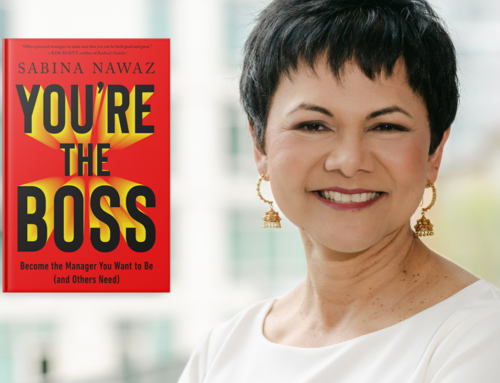I love long summer nights, fireworks, and up tempo music. So the Boston Pops 4th of July fireworks and patriotic music spectacular is made for me – and the roughly 800,000 other people who thronged the Charles River Esplanade last night. Some years I’ve attended in person; this year I watched it on TV.
Michael Chiklis, best known to TV audiences for his portrayal of Vic, the tortured policeman on The Shield, had MC duties for CBS, which meant that he had two audiences, one big and one little. The big audience was all those people on the Esplanade. The little audience was the millions of TV viewers.
If that seems backward to you, that’s because it’s a performer’s perspective. To reach a live audience, especially one that has been – ahem – celebrating for hours before you even get to the microphone, you have to go big. It’s not a time for subtlety. It’s a time to yell, “Hello Boston!” with a cheek-splitting grin on your face and hope for the best.
TV audiences, on the other hand, need subtlety, because the cool medium of TV magnifies the little changes in emotion that the camera catches – a look, a sigh, a change of heart. As a result, a great, big, “Hello Boston!” looks goofy and over the top.
Michael Chiklis worked the big crowd like the pro that he is, but there was no way that he could make much of a connection with the little audience on the other end of the TV camera. Every time the camera cut back to him, it felt like we were interrupting someone else’s party.
When you find yourself on a big stage, with a live audience of thousands in front of you, go big. Amp up the energy. Talk to the back row, not the front row. And ride the wave of energy you will get back from that audience. But when you’re doing a television interview, go small. Feel the emotion you want to convey. Don’t shout it out, or try to emote. Just let the emotions happen inside. Let the camera come to you.
It’s impossible to serve both masters – the large live audience and the tiny TV one. The former is stadium rock, and the latter is chamber music. Even a pro like Michael Chiklis can’t do both at once.








I disagree, vehemently! As a long-time PBS producer who has produced (and coached) many successful speakers, I’ve seen countless examples of savvy speakers who have mastered the art of intimacy on a big stage. No matter how many people are in the audience — live or at home — you are still speaking to one person at a time! Even on the Esplanade.
Hi, Niki —
Thanks for your comment. I agree that you are still speaking to one person at a time, under the best of circumstances, on a modern stage with sophisticated equipment. But you’re revealing your TV/modern (indoor) stage perspective. Put yourself on the Esplanade, outside, in the dark, at the back of the crowd, where Michael and the other performers look roughly 2 inches tall, and can only be heard as part of a general din, and then ask yourself if that is really “one person at a time.” Huge crowd scenes like that, without the kind of intimacy that IMEG screens and good sound systems can project even to the back, change the nature of the game. Look at some of the amateur iphone video of the event (and others like it) and you’ll see what I mean.